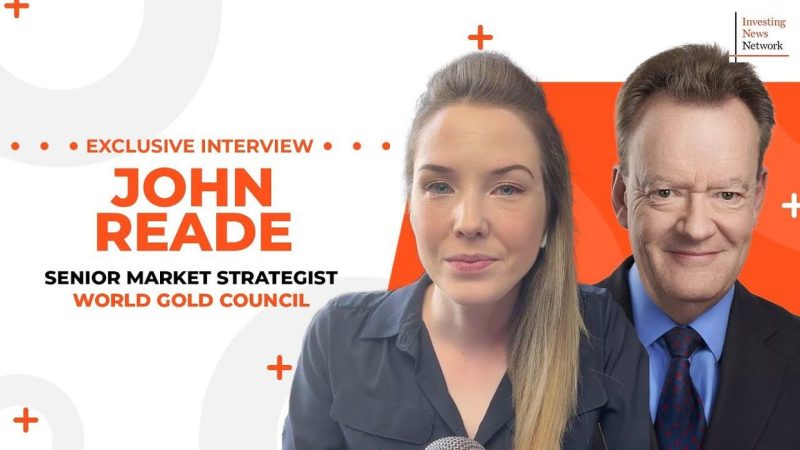In this article, John Reade, the Chief Market Strategist at the World Gold Council, discusses the dynamic factors influencing gold prices and what may drive the next significant increase in value.
Reade highlights that the price of gold is determined by various factors, and these price drivers are constantly evolving. Traditionally, gold has been viewed as a safe haven asset, particularly in times of economic uncertainty or market turbulence. However, the landscape is continuously changing, with new forces shaping the gold market.
One key driver that Reade identifies is the role of interest rates. The relationship between interest rates and gold prices is intricate. Generally, higher interest rates have been seen as detrimental to gold prices, as they increase the opportunity cost of holding non-interest-bearing assets like gold. On the other hand, lower interest rates usually boost the appeal of gold as an investment.
Another crucial factor affecting gold prices is currency movements. Gold is denominated in US dollars, so fluctuations in the value of the dollar directly impact the price of gold. A weaker dollar typically leads to higher gold prices, as it makes the metal cheaper for investors holding other currencies.
In addition to interest rates and currency movements, Reade also discusses the changing landscape of the gold market, with a particular focus on the increasing demand from emerging markets like China and India. These countries have traditionally been significant consumers of gold for cultural and investment purposes and are expected to continue driving demand in the future.
Overall, Reade emphasizes the complex interplay of various factors that influence gold prices. By understanding these dynamic drivers, investors can better position themselves to capitalize on potential opportunities in the gold market. As the market continues to evolve, staying informed and adaptable will be crucial for navigating the ever-changing landscape of gold prices.


